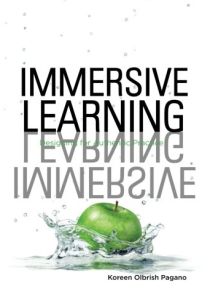Join getAbstract to access the summary!

Join getAbstract to access the summary!
Koreen Olbrish Pagano
Immersive Learning
Designing for Authentic Practice
ASTD Publications, 2013
What's inside?
Leverage the fun of gaming to teach serious workplace skills: An introduction to learning in virtual environments.
Recommendation
Corporate training systems often fail to improve performance. Educator Koreen Olbrish Pagano, author of the Learning in Tandem blog, says that’s because organizations have abandoned the one-on-one apprenticeship model – along with its emphasis on practice and feedback. True apprenticeship is impractical today, but you can recreate its best features with immersive learning in computerized virtual environments. Pagano details the design process for computer games, simulations and other virtual worlds. This beginner’s guide avoids the technical nitty-gritty while offering a plethora of real-life examples. getAbstract recommends this excellent introduction to human resource managers, training specialists, game designers and likely investors.
Summary
About the Author
Speaker and organizational consultant Koreen Olbrish Pagano cofounded the Freire Charter School, taught at Harrisburg University and created the blog Learning in Tandem.



















Comment on this summary